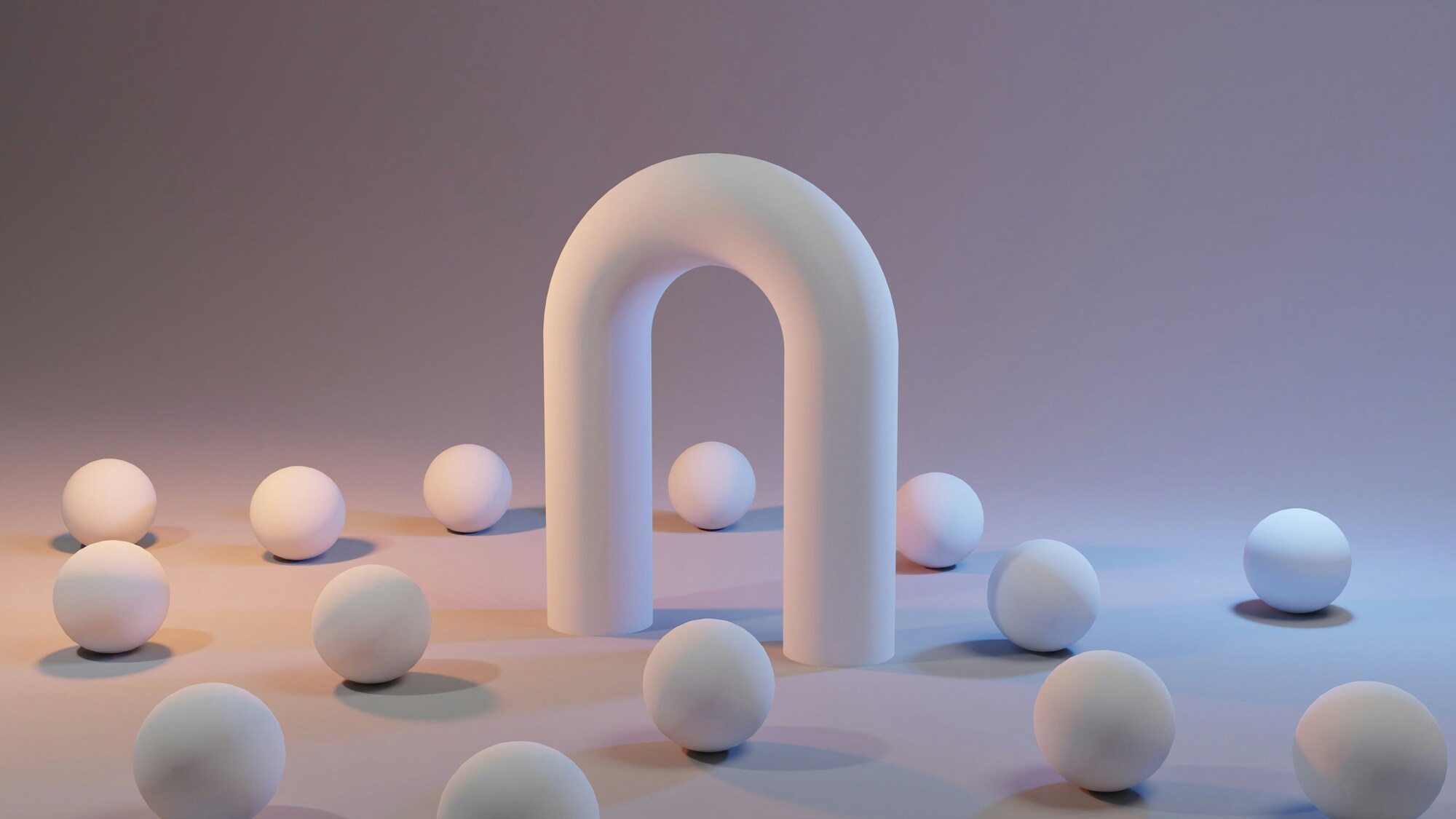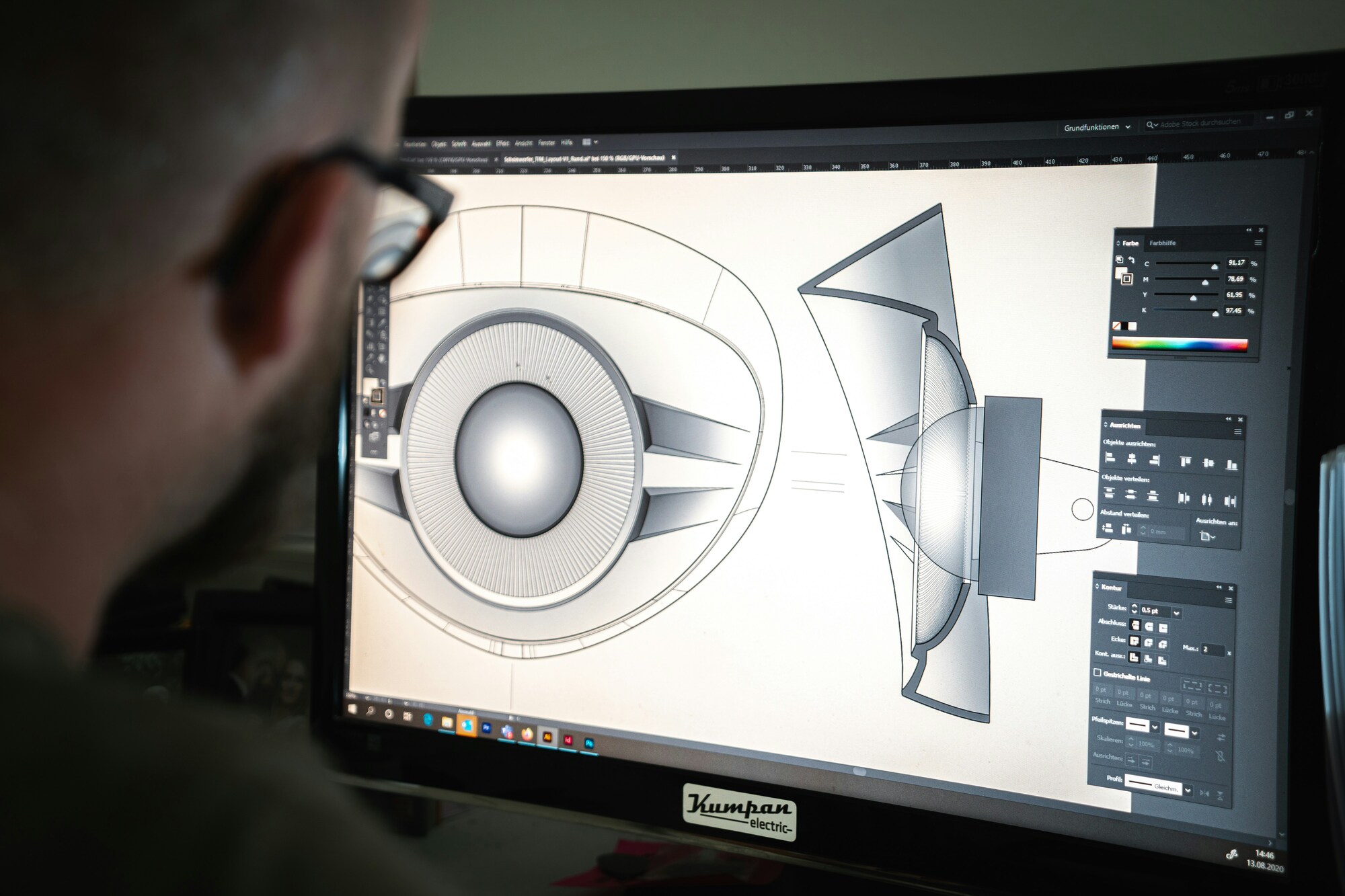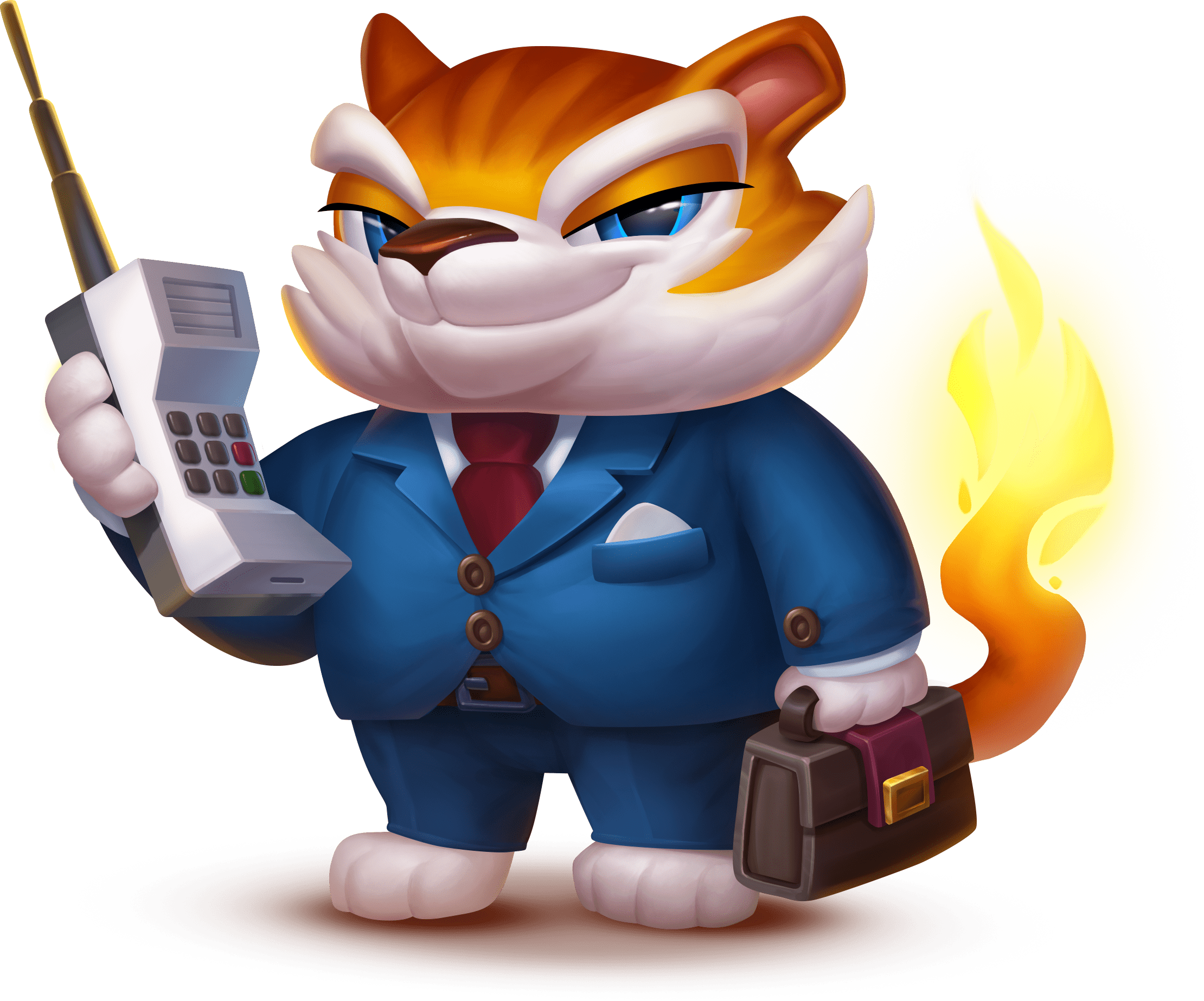As the 3D animation journey progresses from pre-production to the production phase, the focus shifts to the crucial step of 3D animation layout. Let’s explore what this process entails and why it holds paramount importance in the overall animation pipeline.
What is a 3D Animation Layout?
The 3D animation layout is essentially a three-dimensional representation of the animatic, utilizing low-resolution proxy models. Proxy models are simplified versions of the final 3D models, providing the right shapes and scales. This process commences as soon as the proxy geometries of the final models are ready, even overlapping into the pre-production and post-production stages.
Why Does 3D Animation Layout Matter?
- Foundation for Visualization: The 3D layout serves as a visual guide for the director and production team, enabling them to decide the on-screen composition based on the storyboard or animatic.
- Ensures Realism and Consistency: Unlike 2D animatics, the 3D layout is less forgiving in terms of cheating character scale, perspective, or distance. It ensures a more accurate representation of these elements, fostering realism and consistency.
- Adjustments and Refinements: Directors can make real-time adjustments to the composition of each shot, refining it as the project progresses. Rough animations in the layout are gradually replaced with the final versions.
- Integration of Voice-Over and Music: The 3D layout provides a platform to integrate final voice-over or music scores, enhancing the overall cinematic experience.
- Guidance for Production: As the layout evolves, it becomes a comprehensive guide for subsequent stages of 3D animation production. It serves as a foundation for animators, guiding them in the creation of detailed character movements.
- Complex Camera Movements: The 3D layout allows for the visualization of complex camera movements that might be challenging to convey accurately in a storyboard or 2D animatic.
Role of a 3D Layout Artist
In the realm of 3D animation, the role of a layout artist is comparable to that of a cinematographer in live-action. Working closely with the director, layout artists leverage pre-production materials to bring scenes to life in a 3D environment. They use proxy models and environments to create multiple versions of each scene, offering options to the director and editorial team.
While the character animation in the layout phase is rudimentary and temporary, the camera movements crafted by layout artists often find their way into the final animation. This early visualization process accelerates subsequent production components, as layout artists progressively add major and minor final props to the evolving environments.
3D Layout Artist in a 3D Animation Studio
The role of a 3D layout artist in a 3D animation studio is multifaceted, demanding a comprehensive understanding of various disciplines such as cinematography, lighting, blocking, acting, and animation. A layout artist’s responsibilities may vary slightly across different studios, but they generally encompass the following key tasks:
- Translating Storyboards and Animatics:
- Converting 2D storyboards and animatics into the 3D layout, providing a spatial representation of the narrative.
- Preparing Proxy Assets:
- Creating low-resolution proxy models of final assets that serve as placeholders for more detailed models in the later stages.
- Composing Shots in 3D:
- Crafting the visual composition of shots in a three-dimensional space, taking into account the placement of characters, props, and the overall scene.
- Staging and Blocking:
- Determining the positions and movements of characters within the scene, ensuring logical and coherent staging to convey the story effectively.
- Positioning or Animating the Camera:
- Placing and animating the virtual camera to achieve desired perspectives, angles, and movements, contributing to the overall visual storytelling.
- Camera Finessing at Animation Stage (if required):
- Collaborating with animators to refine camera movements during the animation stage, ensuring a seamless integration of camera work with character actions.
- Maintaining Visual and Technical Quality:
- Upholding visual consistency, technical quality, and adherence to the project’s artistic style and continuity throughout the production.
- Loading Pieces and Characters into the Shot:
- Integrating finalized assets, including characters, props, and environments, into the 3D scene to create a cohesive visual representation.
- Putting Characters in Key Poses:
- Placing characters in key poses that define their actions and movements, setting the foundation for subsequent animation work.
Conclusion
As the 3D animation production phase commences, the 3D layout stage takes center stage, transforming storyboards and animatics into a tangible 3D representation. Despite its seemingly primitive nature initially, the 3D layout serves as a dynamic guide that evolves throughout the production pipeline, allowing directors to refine shot compositions and paving the way for subsequent stages, such as 3D modeling. The responsibilities of a 3D layout artist underscore their crucial role in shaping the visual narrative and laying the groundwork for the intricacies that follow in the animation process.


